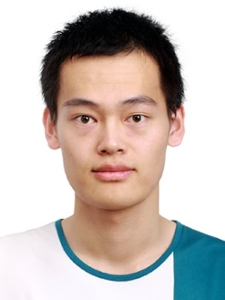OSE Dissertation Defense by Mr. Xuefeng Li on CARRIER DYNAMICS IN GREEN III-NITRIDE LEDS USING SMALL-SIGNAL ELECTROLUMINESCENCE
Departmental News

Posted: October 24, 2023
Date: Thursday, October 27, 2023
Examination Time: 11:00 AM Mountain Time (US and Canada)
Location: CHTM, Room #103
Dissertation Committee:
Dr. Daniel Feezell, Committee Chair, Electrical and Computer Engineering Department
Dr. Andrew Armstrong, Sandia National Laboratories
Dr. Ganesh Balakrishnan, EPSCoR Director and Electrical and Computer Engineering Department
Dr. Payman Zarkesh-Ha, CHTM Director and Electrical and Computer Engineering Department
Dr. Tara Drake, Physics and Astronomy Department
Abstract:
Solid-state lighting has achieved significant success over the past two decades, but the low quantum efficiency of green LEDs remains a barrier to full red-green-blue (RGB) displays in numerous applications. Combating efficiency reduction in longer-wavelength LEDs requires understanding the relative roles of intrinsic effects (e.g., wave-function overlap, carrier-current density relationship, phase-space filling (PSF)) vs. extrinsic effects (e.g., material degradation due to increased defect density, compositional inhomogeneities, etc.). A systematic study of the carrier dynamics in InGaN/GaN LEDs is very important for understanding the origin of the green gap and for providing solutions to improve the efficiency of the LEDs.
Biography:
Xuefeng Li received his B.S. degree in Physics from Harbin Institute of Technology in 2017 and his M.S. degree in Optical Science and Engineering from University of New Mexico in 2019. His current research focuses on the study of carrier dynamics in InGaN/GaN LEDs.
